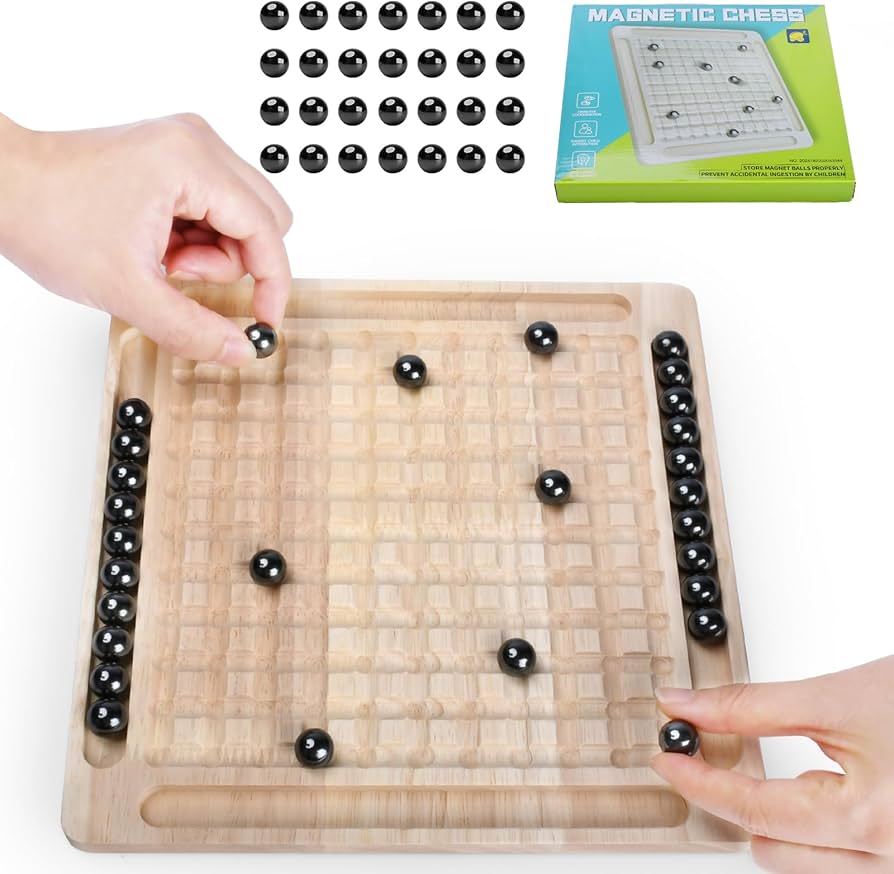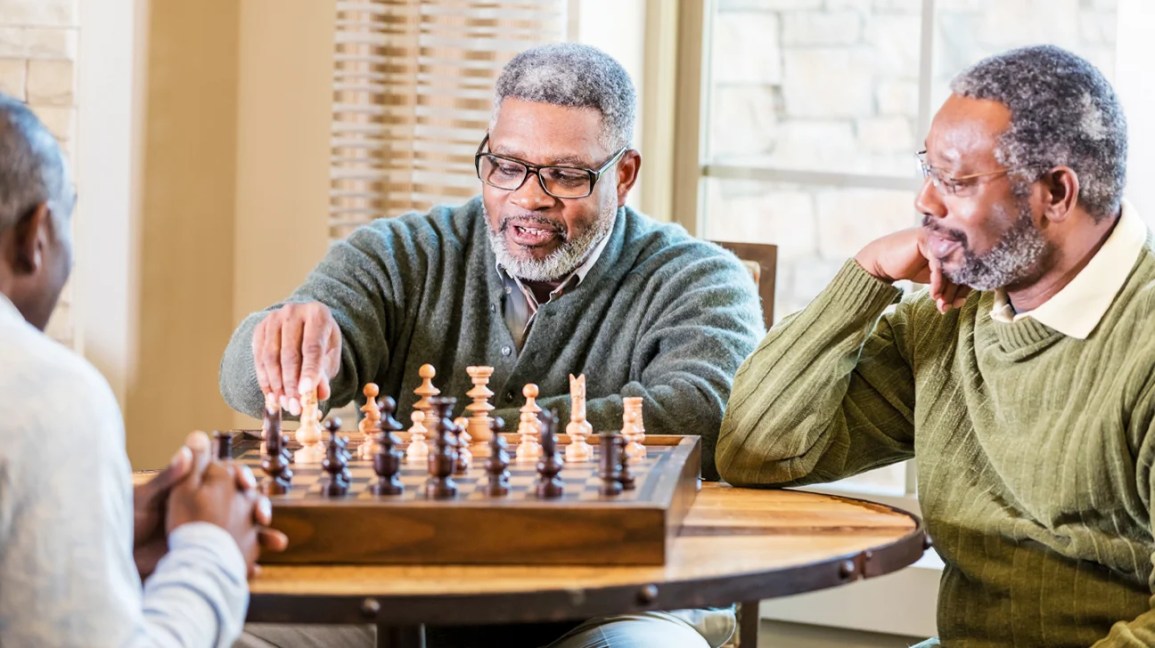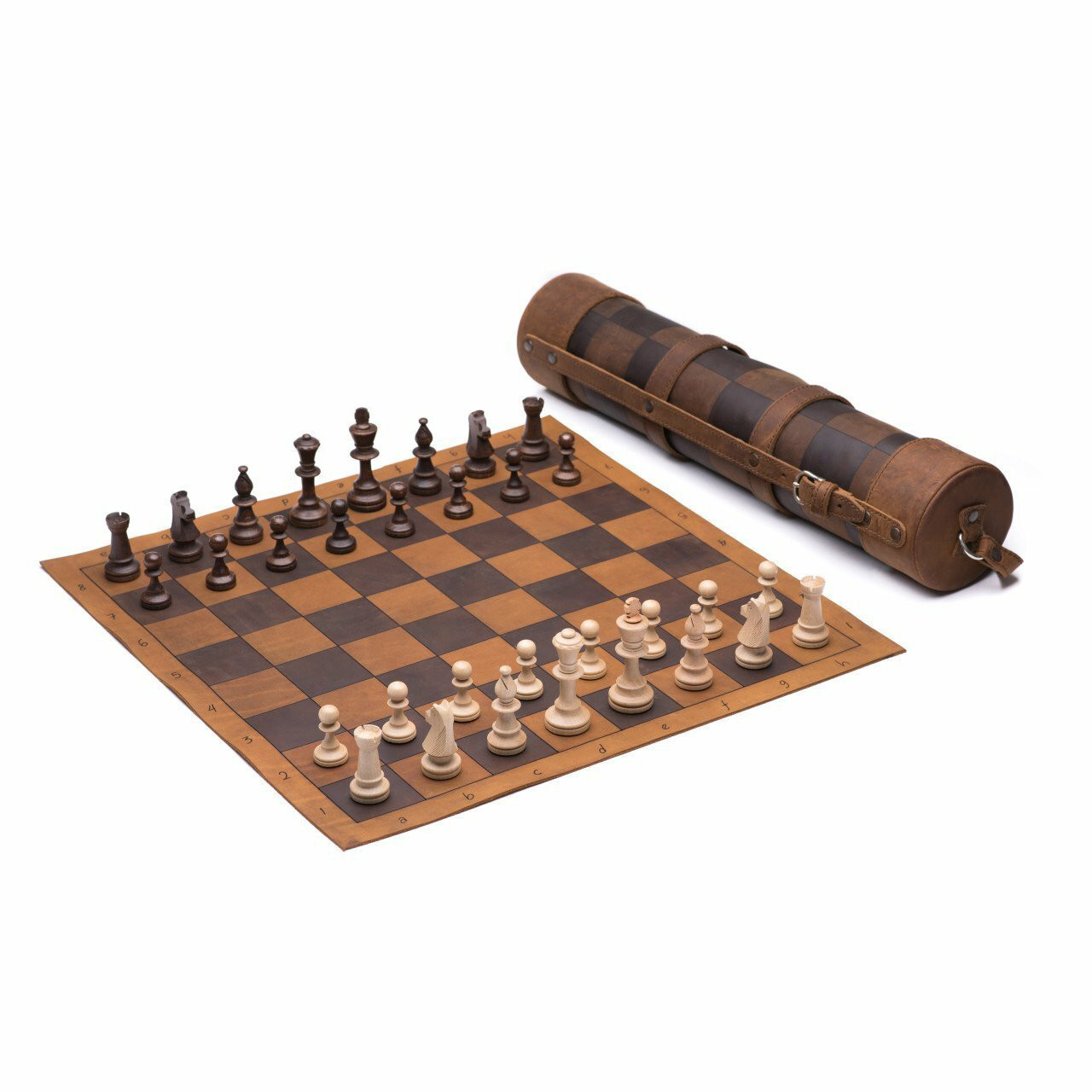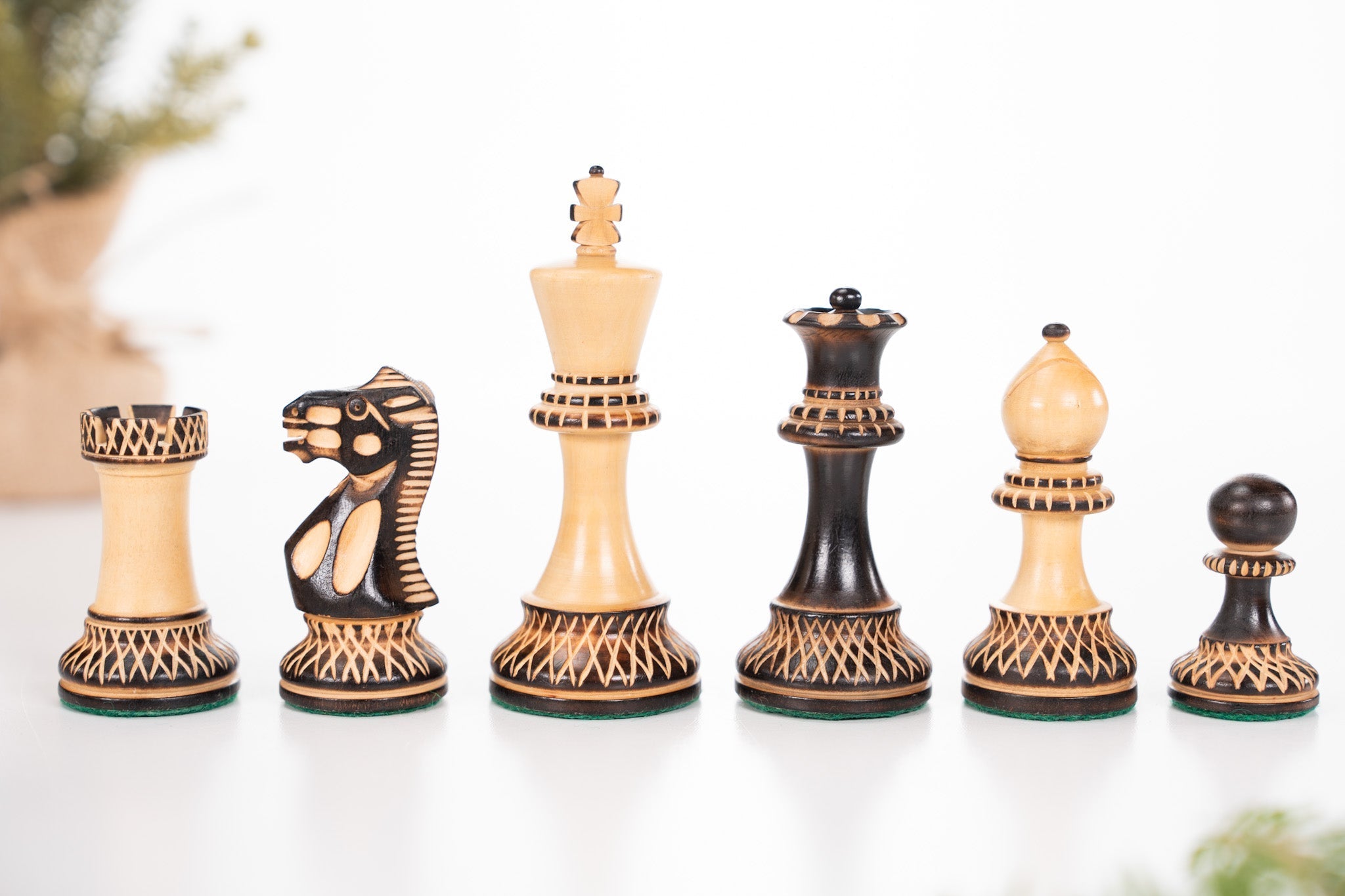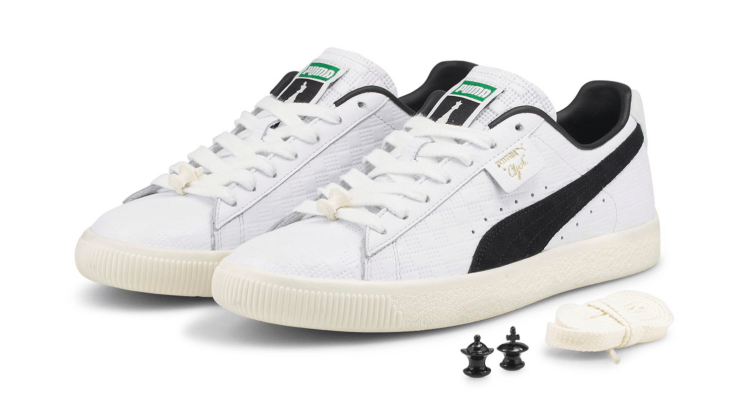Introduction
Chess is a game of strategy and tactics. Players need to plan their moves. Two common tactics are deflection and decoy. But when do you use them? Let’s find out.
Understanding Deflection
Deflection means moving an opponent’s piece from a key square. This tactic makes the opponent’s position weaker.
Example Of Deflection
Imagine your opponent’s queen is protecting a rook. If you attack the queen, it must move. Now the rook is unprotected.
When to Use Deflection
- When you want to remove a defender.
- When you need to open a path for your pieces.
- When you want to disrupt your opponent’s plan.
Understanding Decoy
Decoy means luring an opponent’s piece to a specific square. This tactic sets a trap for the opponent.
Example Of Decoy
Imagine you want your opponent’s king to move to a dangerous square. You can sacrifice a piece to lure the king there.

Credit: www.youtube.com
When to Use Decoy
- When you want to lure a piece to a specific square.
- When you aim to set a trap.
- When you need to control a key square.
Comparing Deflection and Decoy
| Deflection | Decoy |
|---|---|
| Moves opponent’s piece away. | Lures opponent’s piece to a square. |
| Removes a defender. | Sets a trap. |
| Opens a path. | Controls a key square. |
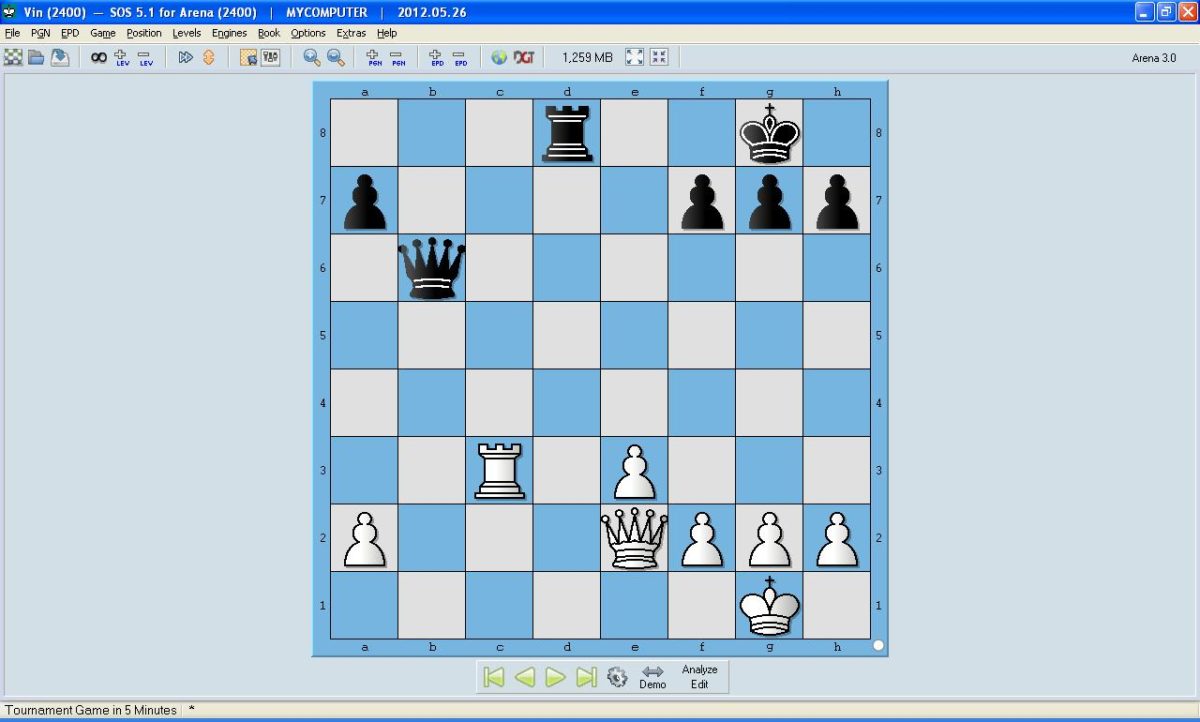
Credit: www.regencychess.co.uk
Deciding When to Use Each Tactic
Think about your goal. Do you need to remove a defender? Use deflection. Do you want to lure a piece? Use decoy.
Also, consider your position. Is your position strong? Can you afford to sacrifice a piece?
Practice Makes Perfect
Practice these tactics in your games. You will learn when to use them. Watch how your opponent reacts. Adjust your strategy as needed.
Conclusion
Deflection and decoy are powerful chess tactics. Knowing when to use them can help you win. Remember to think about your goal and position. Practice these tactics and improve your game.

